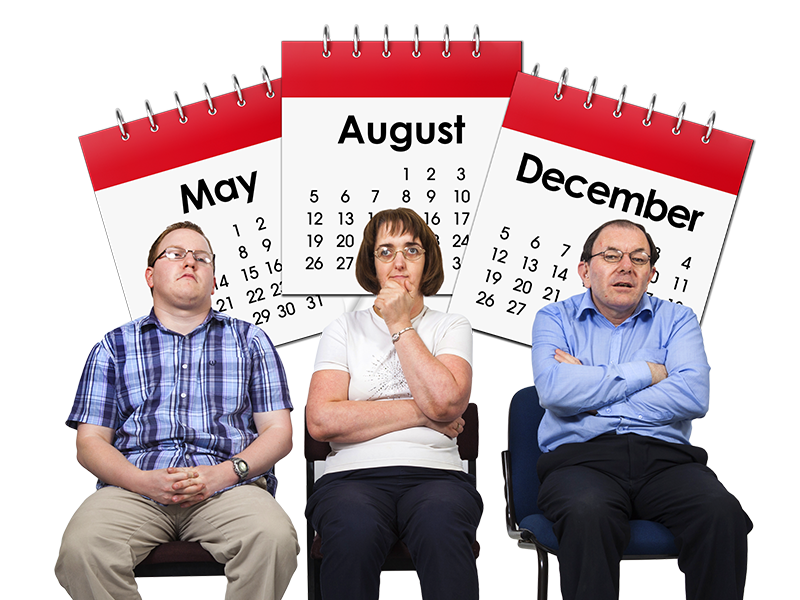What is Easy Read?
Words and Pictures
Easy Read information is an accessible information format designed for people with a learning disability and autistic people. The words are made easier to read, the text is big, and pictures are used next to the words. Here's our top ten tips for making Easy Read.


1. Think First
Begin by asking yourself a few questions. Who is the information for? What are the important things you want to tell people? Are you expecting a response? This will help you keep focus on what's important.
2. Keep it short
When it's time to start writing keep it short - under 1000 words is a good target with sentences under 15 words each. Imagine you're talking to someone as you write, and avoid difficult or jargon words.

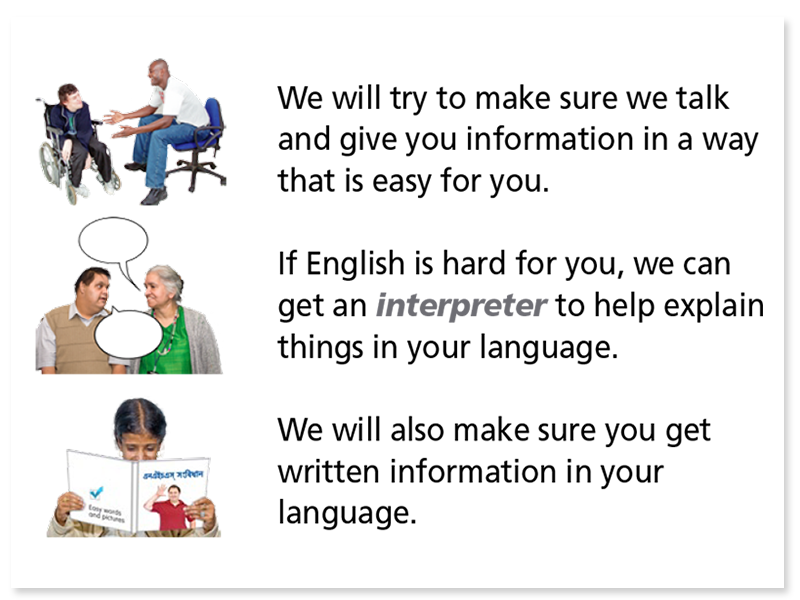
3. Explain hard words
Use bold text to highlight important points or difficult words. Explain what they mean the first time you mention them. You can also use box-outs to explain something really important. They are easier to spot if your reader needs to refer back to them.
4. Layout
Place pictures on the left and words on the right. Use a different picture or two for each paragraph of text.

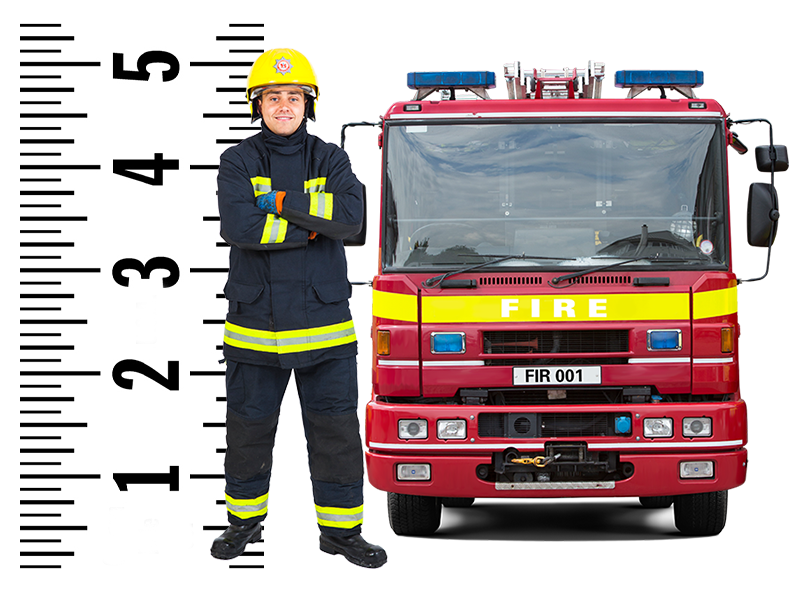
5. Picture size
Make sure your pictures are big enough to see clearly - About 4-5cm in size.
6. Fonts
Use a sans serif font (Arial, Helvetica) at size 16 point or higher for text with bigger sizes for headings. If you want more choice try Google Fonts, but please tone down the Comic Sans.
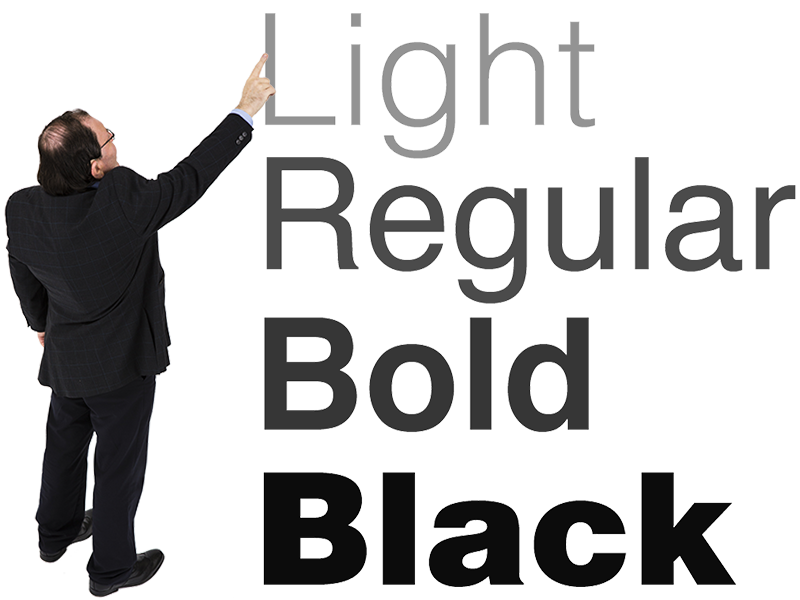

7. Hyphens
Make sure blocks of text are not hyphenated (when words are sometimes split at the end of a line). You can easily switch off hyphenation in your page layout software.
8. Contrast
Make sure the text is clearly visibly, especially if you are using colours. Black on white is generally best for body text, but life without colour can be boring. Sometimes squinting a bit can reveal poor contrast in a design.
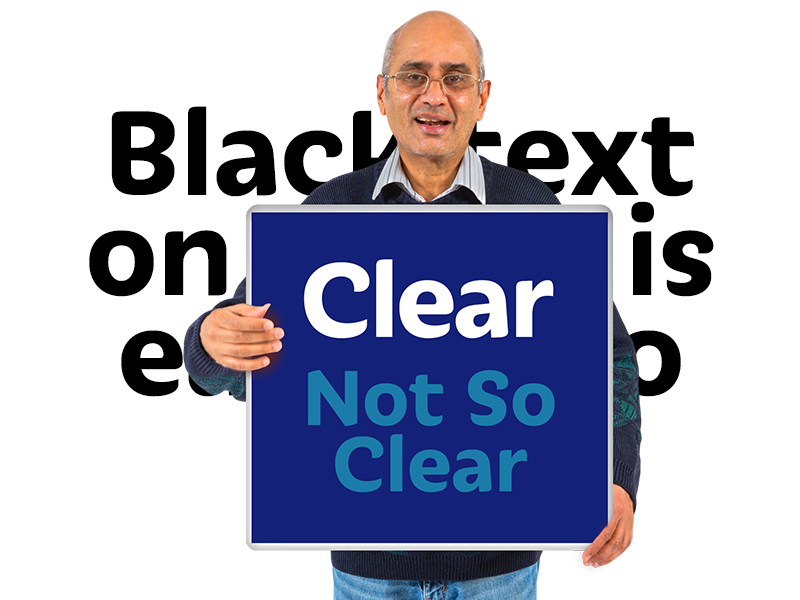
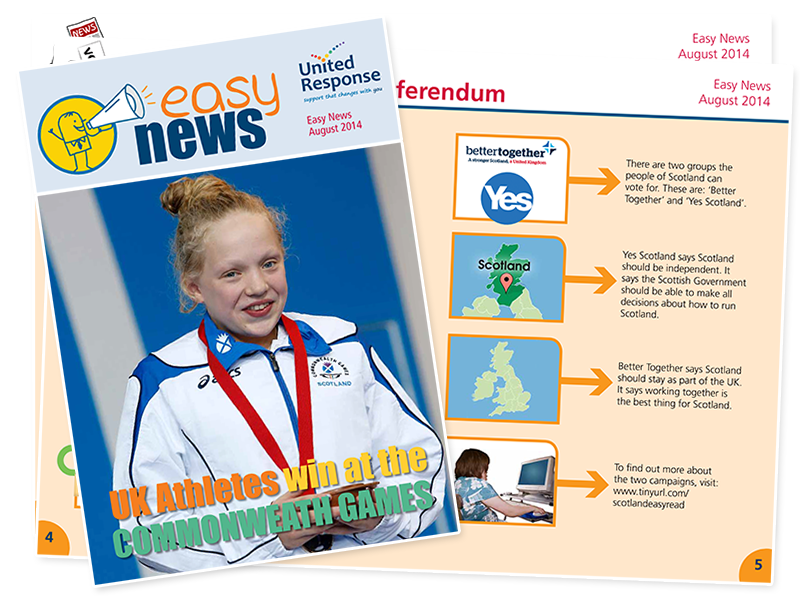
9. Pages
For booklets aim for 8-12 pages. One time we genuinely witnessed a 100 page 'Easy Read' document! The point is big amounts of information are intimidating. PS: A colourful front cover with a suitable picture makes your information distinct and recognisable.
10. Plan it
Don't let Easy Read be an after-thought. Make sure there's plenty of time to make the information and distribute it while it's still relevant. It is as essential to people with learning disabilities as any other accessible format or translated language version is to other groups.
